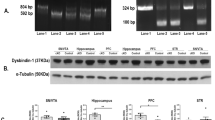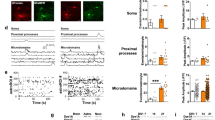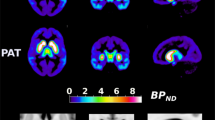Abstract
DTNBP1 (dystrobrevin binding protein 1) remains one of the top candidate genes in schizophrenia. Reduced expression of this gene and the protein it encodes, dysbindin-1, has been reported in the dorsolateral prefrontal cortex (DLPFC) of schizophrenia cases. It has not been established, however, if all dysbindin-1 isoforms are reduced in the DLPFC or if the reduction is associated with reduced DTNBP1 gene expression. Using Western blotting of whole-tissue lysates of the DLPFC with antibodies differentially sensitive to the three major isoforms of this protein (dysbindin-1A, -1B, and -1C), we found no significant differences between our schizophrenia cases and matched controls in dysbindin-1A or -1B, but did find a mean 46% reduction in dysbindin-1C in 71% of 28 case-control pairs (p = 0.022). This occurred in the absence of the one DTNBP1 risk haplotype for schizophrenia reported in the US and without alteration in levels of dysbindin-1C transcripts. Conversely, the absence of changes in the dysbindin-1A and -1B isoforms was accompanied by increased levels of their transcripts. We thus found no correspondence between alterations in dysbindin-1 gene and protein expression, the latter of which might be due to posttranslational modifications such as ubiquitination. Reduced DLPFC dysbindin-1C in schizophrenia probably occurs in PSDs, where we find dysbindin-1C to be heavily concentrated in the human brain. Given known postsynaptic effects of dysbindin-1 reductions in the rodent homolog of the prefrontal cortex, these findings suggest that reduced dysbindin-1C in the DLPFC may contribute to cognitive deficits of schizophrenia by promoting NMDA receptor hypofunction.
Similar content being viewed by others
Article PDF
Author information
Authors and Affiliations
Corresponding authors
Rights and permissions
About this article
Cite this article
Tang, J., LeGros, R., Louneva, N. et al. Dysbindin-1 in dorsolateral prefrontal cortex of schizophrenia cases is reduced in an isoform-specific manner unrelated to altered dysbindin-1 gene expression. Nat Prec (2009). https://doi.org/10.1038/npre.2009.2779.1
Received:
Accepted:
Published:
DOI: https://doi.org/10.1038/npre.2009.2779.1



